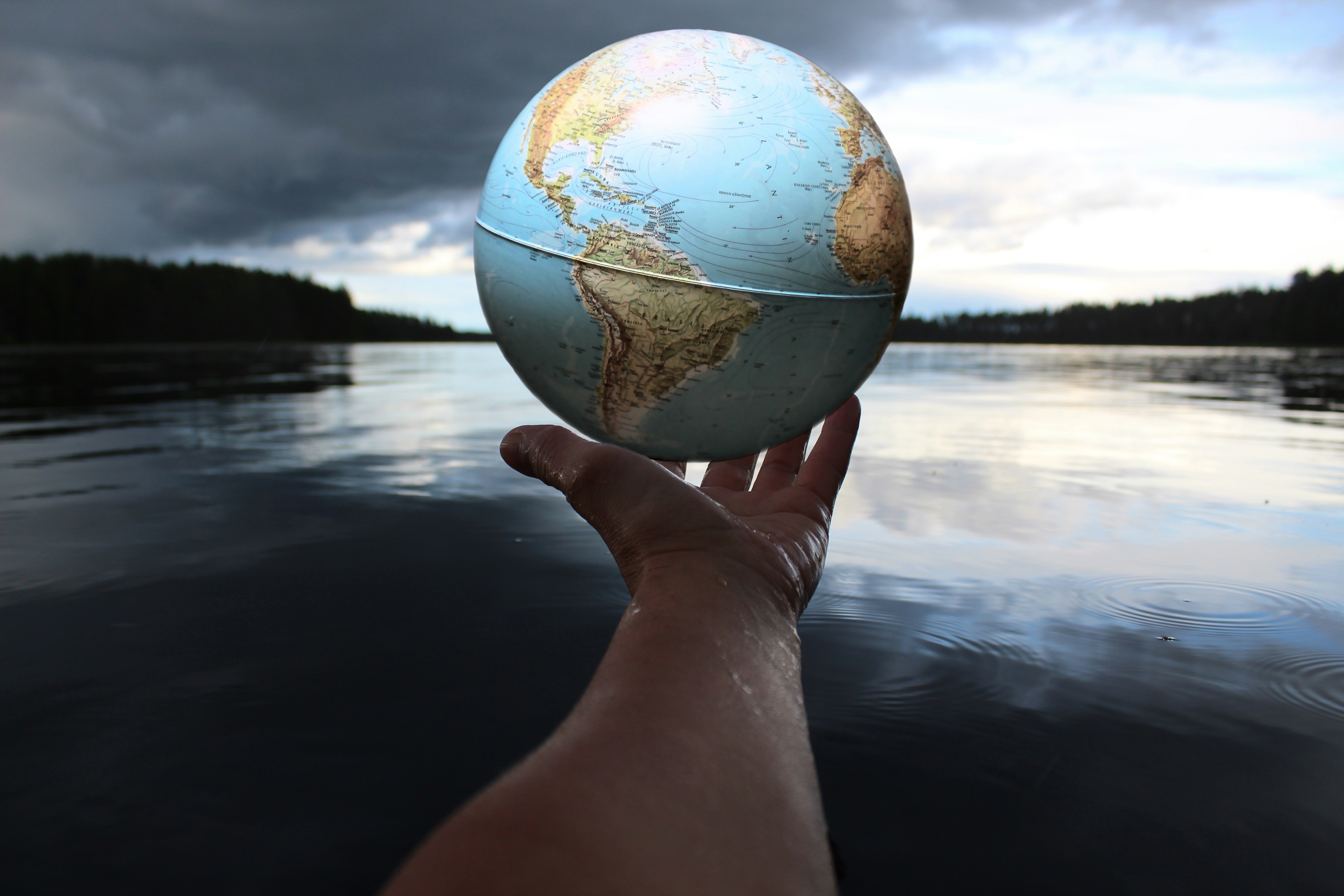Ocean Law: A Dive into the United Nations Convention on the Law of the Sea
The oceans, covering over 70% of our planet, have been essential for human life, culture, and prosperity. They play a pivotal role in global trade, food security, and biodiversity. Yet, the laws governing these vast expanses of water remain a mystery to many. This article seeks to demystify the United Nations Convention on the Law of the Sea (UNCLOS), a critical instrument of ocean law that regulates our relationship with the world's oceans.

Delving into the Genesis of UNCLOS
The UNCLOS, often termed the “constitution for the oceans,” was negotiated under the United Nations’ auspices from 1973 to 1982. It is a reflection of the global community’s endeavor to create a legal order for the seas and oceans, promoting peaceful co-existence, equitable usage, and conservation of marine resources.
The Three Major Zones in Ocean Law
The UNCLOS divides the ocean into three significant zones: the territorial sea, the exclusive economic zone (EEZ), and the high seas. Each zone has its distinct legal regimen, with the coastal state’s sovereignty diminishing progressively as one moves farther from the shore.
UNCLOS and Dispute Resolution
The UNCLOS also established a comprehensive dispute resolution mechanism, with four forums available for settling disputes: the International Tribunal for the Law of the Sea, the International Court of Justice, an arbitral tribunal, or a special arbitral tribunal. This system is pivotal in peacefully resolving disputes over maritime boundaries, fishing rights, or environmental damages.
Protecting the Marine Environment: An Oceanic Imperative
The UNCLOS underscores the importance of preserving the marine environment and its resources. It obligates states to take measures to prevent, reduce, and control pollution from various sources and to protect and preserve rare or fragile ecosystems and the habitat of depleted, threatened, or endangered species.
UNCLOS and the Seabed: The Common Heritage of Mankind
The UNCLOS declares the seabed and ocean floor beyond national jurisdiction as the “common heritage of mankind.” It prohibits states from claiming sovereignty over these areas and creates a regulatory framework for deep-sea mining, ensuring that the benefits are shared equitably among all nations.
Useful Tips and Facts
- The UNCLOS has 320 articles and nine annexes, covering various aspects of ocean usage and conservation.
- 168 countries and the European Union have ratified the UNCLOS as of 2021.
- The United States, despite playing a significant role in drafting the UNCLOS, has not ratified it.
- The International Seabed Authority, established by the UNCLOS, oversees deep-sea mining activities.
In conclusion, the United Nations Convention on the Law of the Sea is a comprehensive legal framework that balances the various interests at stake in the oceans. It highlights the vital role of international cooperation in managing our oceans, ensuring that they continue to serve as a source of life and prosperity for all humankind. As our understanding of the oceans deepens, so must our commitment to their preservation and sustainable use, guided by the ever-evolving norms of ocean law.




